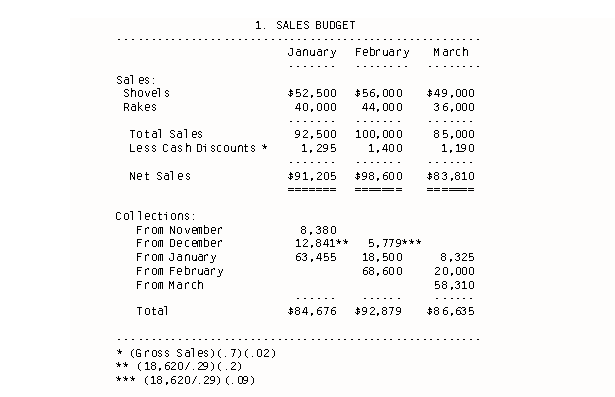
Chapter 9
The Master Budget or Financial Plan
Appendix: Example 9-2
James R. Martin, Ph.D., CMA
Professor Emeritus, University of South Florida
Chapter 9 | MAAW's Textbook Table of Contents
This example is more involved than the previous illustration. The idea is to provide a better view of the budgeting process and to show how the size of the budget grows rapidly as additional products and product requirements are added. For example, this problem requires a budget for three months for a company that produces two products in two departments. In addition the products require two types of direct materials and direct labor.
The Shovel Company combines a forging operation with an assembly operation to produce high quality shovels and rakes. The shovel and rake heads are forged out of steel in one operation and the handles are purchased from a supplier that manufactures a variety of wooden products. The handles and heads are assembled in the second operation and then sold to a hardware distributor. Budgeted sales prices are $35 per shovel and $20 per rake. Budgeted unit sales for six months are as follows:
| Product | January | February | March | April | May | June |
| Shovels | 1,500 | 1,600 | 1,400 | 1,500 | 1,600 | 1,800 |
| Rakes | 2,000 | 2,200 | 1,800 | 1,800 | 2,000 | 2,100 |
The company's records show that all sales are made on credit with 70 percent collected in the current month, 20 percent collected in the month after sale and 9 percent in the second month after the sale. The other one percent is charged to bad debts expense in the month the sale takes place. The beginning accounts receivable balance for January is expected to be $27,000. This represents $18,620 from December sales and $8,380 from November sales. These amounts are net of bad debts, i.e., $18,620 represents 29 percent of December sales, and $8,380 represents 9 percent of November sales. A two percent cash discount is allowed to customers who pay within the month the sale takes place. The company's manufacturing requirements are given below:
| Inputs | Type | Shovels | Rakes |
| Direct Materials | Steel | 6 lbs at $1.00/lb | 3 lbs at $1.00/lb |
| Handle | 1 at $2.00 | 1 at $1.50 | |
| Direct Labor | Forging | 2 hours at $4.00/hr | 1.5 hours at $4.00/hr |
| Assembly | .5 hours at $5.00/hr | .5 hours at $5.00/hr | |
| Factory Overhead | Forging | 2 hours at $3.00/hr | 1.5 hours at $3.00/hr |
| Assembly | .5 hours at $2.00/hr | .5 hours at $2.00/hr |
The factory overhead rates are based on the number of direct labor hours required for a normal or average production level of 1,500 shovels and 2,000 rakes. Monthly fixed overhead is budgeted at $12,000 in the Forging department and $2,625 in the Assembly department. The overhead rates were calculated as follows:
| Department | Overhead Rates |
| Forging | Variable rate = $6,000/6,000 hrs = $1.00 per D.L. hr |
| Fixed rate = $12,000/6,000 hrs = $2.00 per D.L. hr | |
| Assembly | Variable rate = $875/1,750 hrs = $.50 per D.L. hr |
| Fixed rate = $2,625/1,750 hrs = $1.50 per D.L. hr |
Desired ending inventory of finished goods is based on 10% of next periods unit sales. Desired ending inventory of direct materials is based on 10% of next periods material needs. Budgeted beginning inventories for the first and subsequent periods are based on 10% of the current month's sales for finished goods, and 10% of the current month's material requirements for direct materials.
Payments for direct material purchases are based on the following policy: 60% in the current month, and 40% in the following month. The beginning accounts payable balance is expected to be $7,200, which represents 40% of December purchases. Payments for direct labor used are made in the current month. Payments for factory overhead are also made in the current month except for depreciation of $2,500 in Forging and $1,000 in Assembly which do not require cash payments.
Variable selling and administrative expenses are budgeted at 3 percent of sales dollars, and fixed selling and administrative expenses are budgeted at $2,000 per month. Cash payments are expected to equal 100 percent of the current month's expenses except for $1,000 of depreciation.
The beginning cash balance is $10,000, and the minimum cash balance is also $10,000. The beginning notes payable balance for January is expected to be $5,000, which represents a loan planned on the last day of December. The interest rate for short term borrowing is expected to be 12%. Dividend payments of $20,000 are budgeted for January.
The company's estimated income tax rate is 40 percent, and tax payments are made at the end of the quarter, i.e., in March.
Required:
Prepare a Master Budget for the first quarter of the year, i.e., January, February, and March.
The solution to this problem appears below.
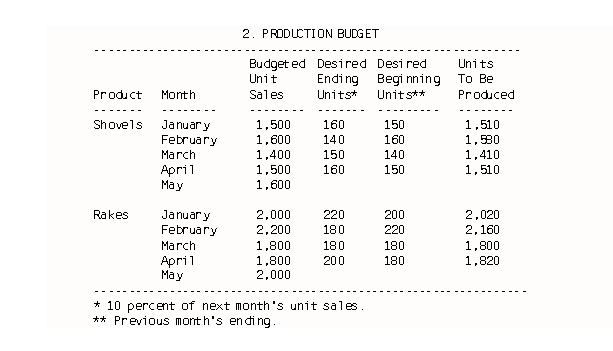


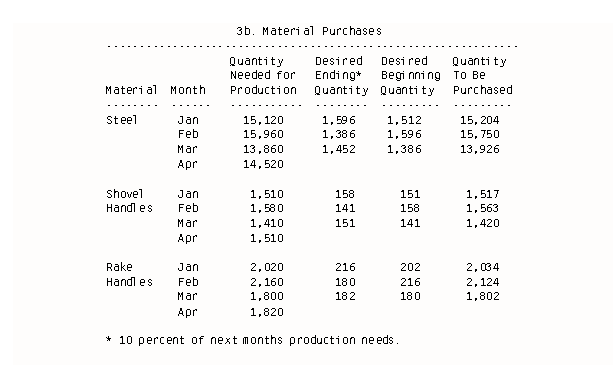
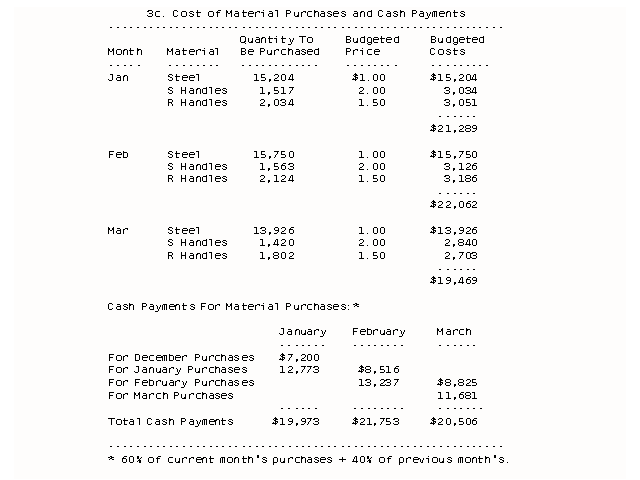

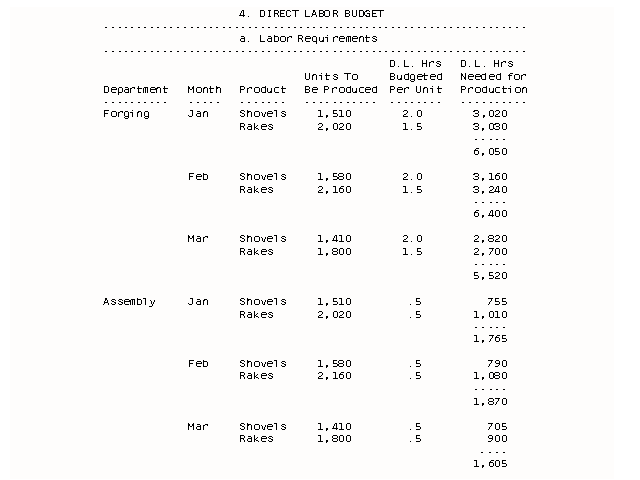
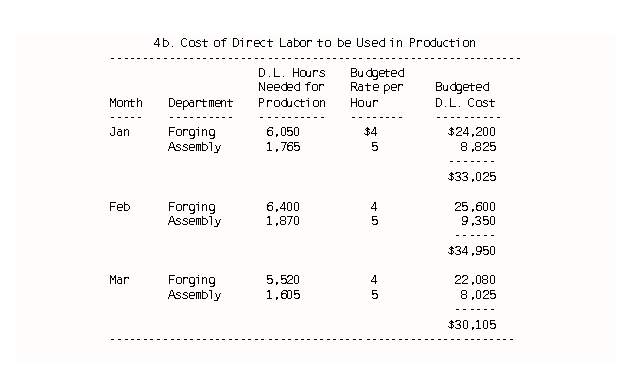
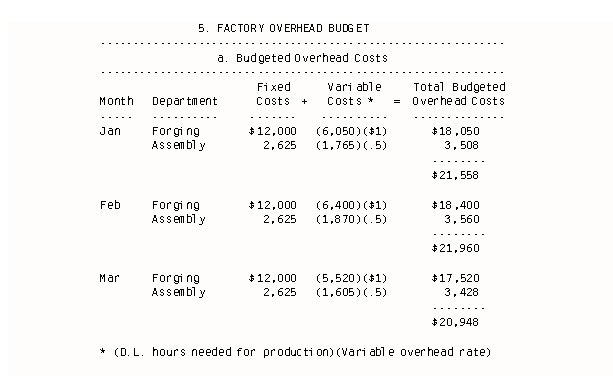
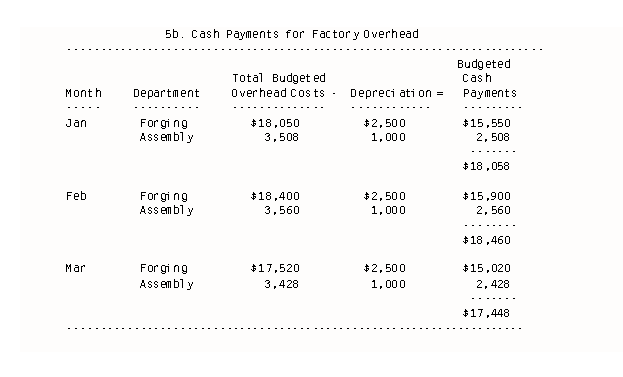
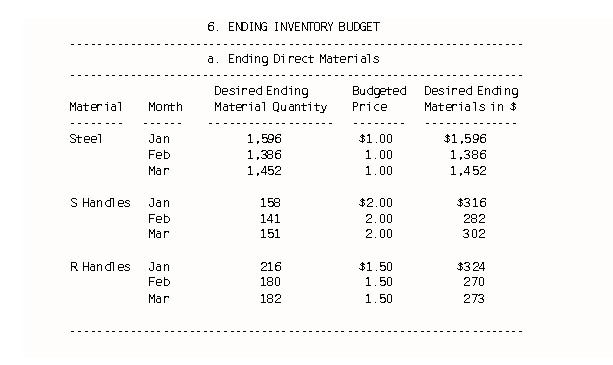
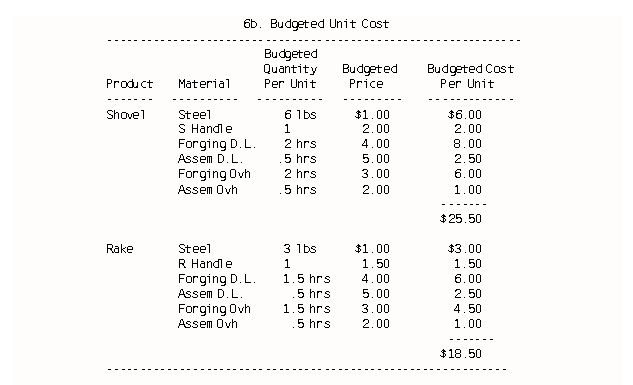
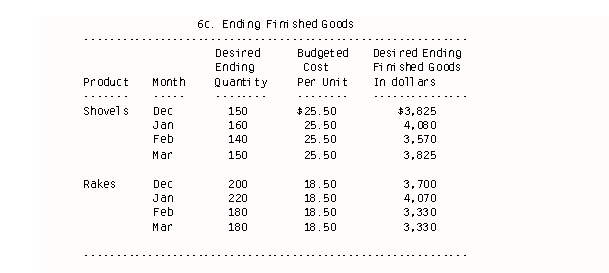
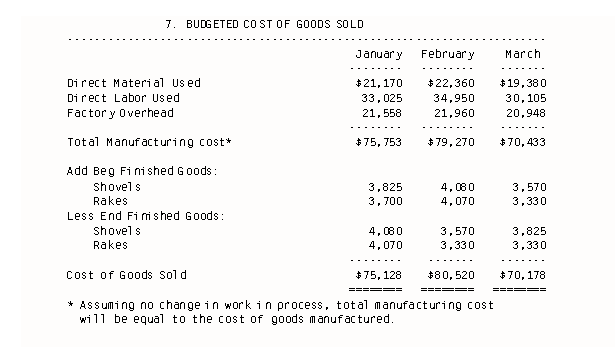
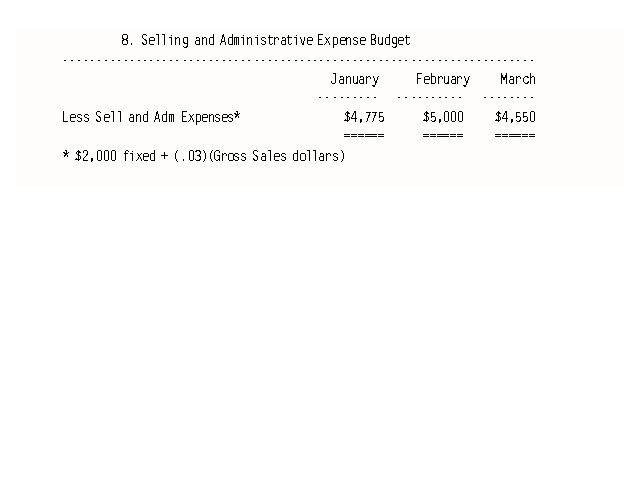
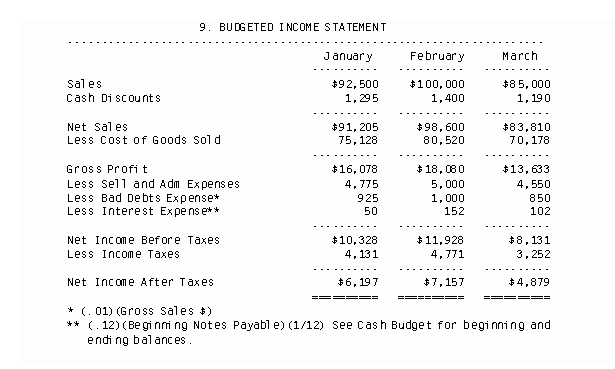
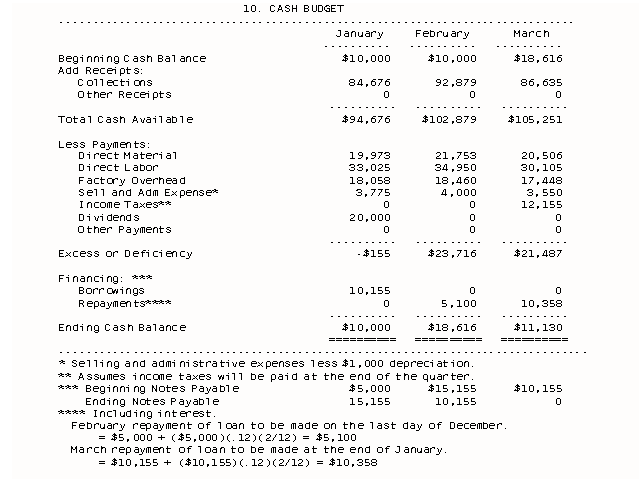
Chapter 9 Questions | Chapter 9 Extra MC Questions